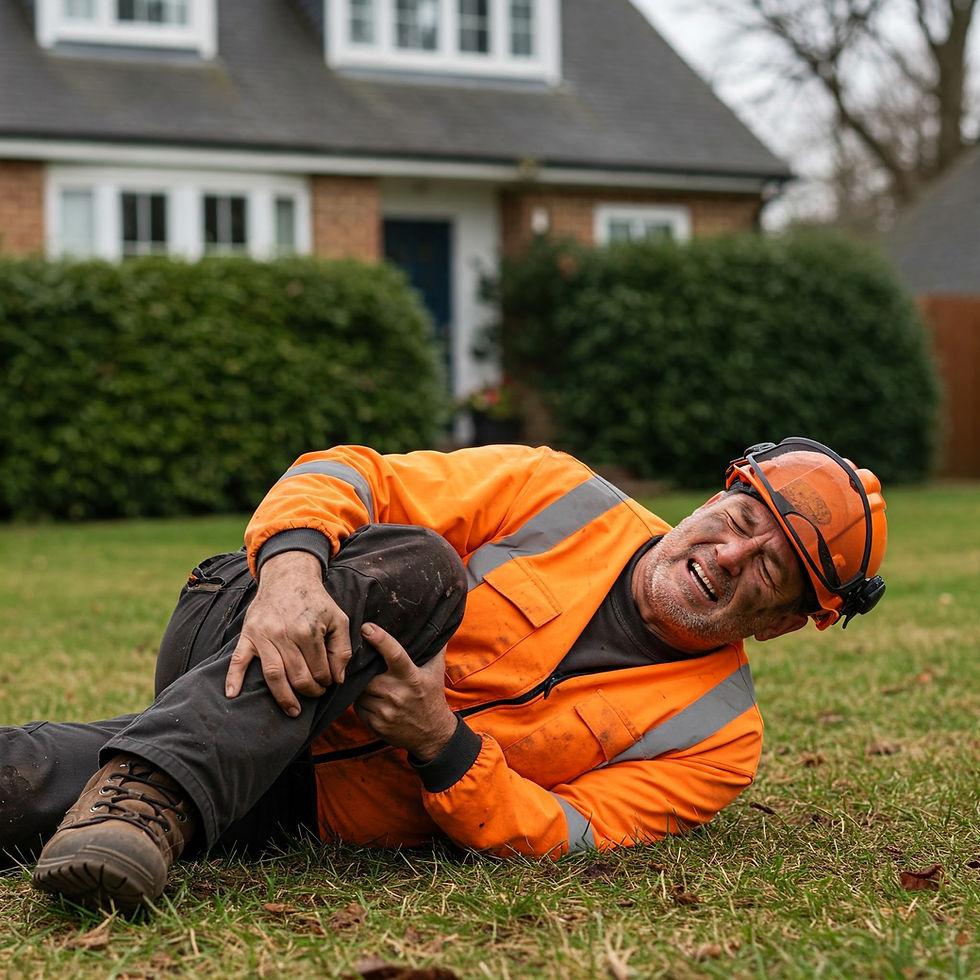Root Feeding. What is it and do you even need it?
- Alonzo Perez
- Feb 6, 2024
- 2 min read
Updated: Feb 17, 2024
We often address questions regarding the need and effectiveness of tree fertilization. Understanding when and how to fertilize is vital for the health and longevity of trees, especially in urban and suburban settings.

Why would fertilizing be recommended?
Fertilizing ensures that trees receive essential nutrients that might be deficient in urban soils, promoting healthier growth and increased resilience against diseases and pests. This is particularly important in landscaped environments where natural nutrient cycling is often disrupted by human activities, such as cleaning up fallen leaves and having grass growing up the tree trunk.
Fertilizing helps to mimic the nutrient-rich conditions found in a natural forest, where decaying organic matter continually replenishes the soil. Moreover, well-nourished trees enhance the aesthetic appeal of landscapes, contributing to an improved overall environment. Regular fertilization is vital for young trees to establish robust root systems and for mature trees to maintain their vigor, ensuring a long and healthy life in our urban and suburban landscapes.
Can I do my own fertilizing?
After all, you may have seen the tree fertilizers that are sold at the big box stores.
A few things to consider before you take that approach.
Effectiveness
The biggest problem with DIY options is the tree spikes that are sold to consumers don't get the nutrients deep enough into the soil to be effective. To be most effective, the nutrients need to reach down into the tree's active feeding roots and be also be spread out. Tree spikes also require time for the product to breakdown and then be picked up by the tree.
Root feeding in liquid format allows the tree to readily uptake the nutrients without having to to wait for it to breakdown.
Root injury
The amount of fertilizer packed in the spikes can be very high, and if its placed right on top of a root, due to the amount of chemical, it may cause root burn killing that root, preventing the tree from absorbing any nutrients at all.
Quality
The quality of product you get is not comparable to the professional-grade product that's available to the professional tree care providers. Better product means better results.
How much does it cost to have a tree fertilized professionally?
It's a lot cheaper than removing a tree or replacing it.
Pricing ranges vary from $149-$349 either for one tree depending on size or multiple smaller trees.
A few things worth considering,
The cost to remove a dead tree and property value loss due to losing a tree. You may also consider the time, effort and resources it takes to grow and nurture a tree to grow to it's mature state.
If you need professional assistance, contact us to schedule a consultation with our ISA Certified Arborist and discuss effective management solutions tailored to your trees' needs.














Comments